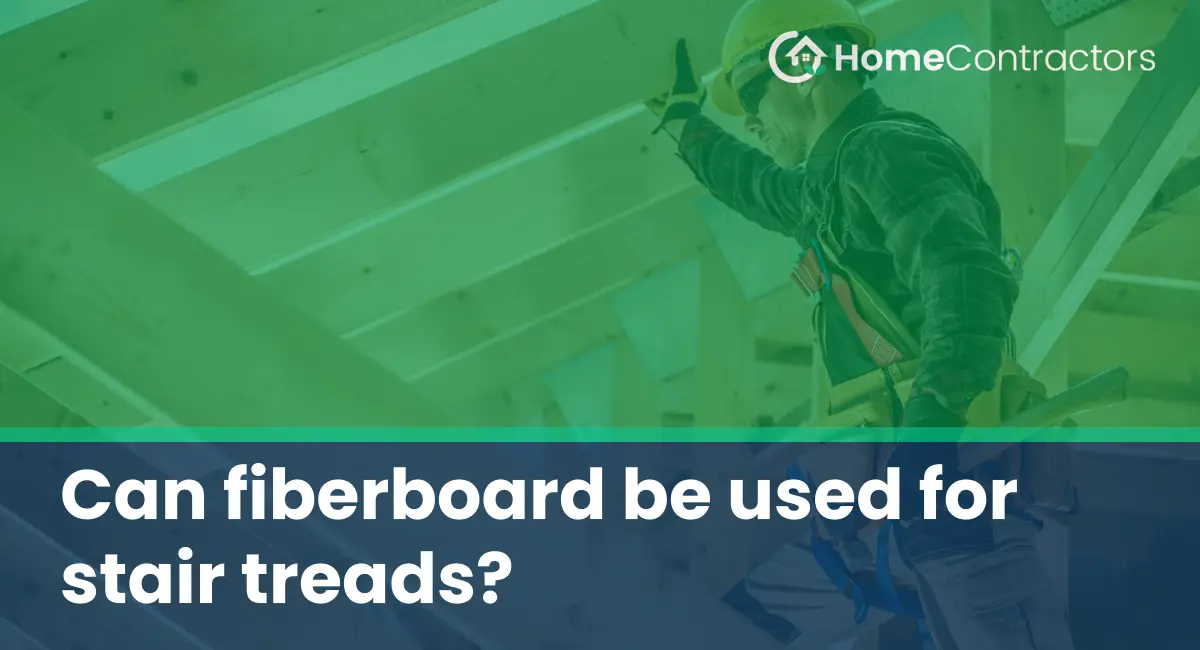When it comes to choosing materials for stair treads, there are several options available. One material that may often be overlooked is fiberboard. Fiberboard is a type of engineered wood product made from wood fibers mixed with resins and created through a process of pressing and heat application. In this article, we will explore whether fiberboard is a suitable choice for stair treads, considering its pros and cons and alternative options.
Pros of Using Fiberboard for Stair Treads:
1. Cost-effective:
One of the major advantages of using fiberboard for stair treads is its cost-effectiveness. Fiberboard is typically cheaper than other materials like solid wood, making it an attractive option for those on a budget.
2. Versatility:
Fiberboard can be easily molded into various shapes and sizes, allowing for customization to fit the specific stair dimensions. This versatility is particularly useful if you have non-standard or irregularly shaped stairs.
3. Aesthetics:
Fiberboard can be finished with a wide range of decorative laminates or coatings, providing numerous options to match your design preferences. This allows you to create visually appealing stair treads that complement the overall style of your home or building.
Cons of Using Fiberboard for Stair Treads:
1. Durability:
While fiberboard can be a cost-effective option, it is generally less durable compared to solid wood or other materials commonly used for stair treads. Fiberboard is prone to denting, cracking, and moisture damage, especially in high-traffic areas like stairs. Over time, the treads may wear out or require frequent repairs or replacements.
2. Moisture susceptibility:
Fiberboard is notorious for its vulnerability to moisture. When exposed to water or high humidity levels, it can swell, warp, or rot. This is a significant drawback if you live in a humid climate, have stairs near moisture-prone areas (e.g., bathrooms or kitchens), or anticipate spills or liquid exposure on the stairs.
Alternatives to Fiberboard for Stair Treads:
1. Solid Wood:
Solid wood is a classic and durable option for stair treads. It offers strength, sturdiness, and resilience to daily wear and tear. While more expensive than fiberboard, solid wood provides a natural and timeless look that can enhance the aesthetic appeal of your staircase.
2. Hardwood Veneer:
For those seeking the beauty of solid wood at a lower cost, hardwood veneer is a suitable alternative. These treads consist of a thin layer of real wood bonded to a more affordable core material, such as plywood. Hardwood veneer offers excellent performance and aesthetics, making it a popular choice among homeowners.
3. Laminate:
Laminate stair treads are composed of layers of pressed wood particles, typically with a decorative layer on top. While not as durable as solid wood or hardwood veneer, laminate offers versatility and affordability. It comes in various designs and finishes, mimicking the appearance of different natural materials, including wood.
While fiberboard may seem like an economical and flexible choice for stair treads, its drawbacks in terms of durability and susceptibility to moisture make it a less favorable option. Solid wood, hardwood veneer, and laminate are alternative materials that provide better longevity and performance. When choosing the material for your stair treads, consider the intended usage, aesthetic preferences, and budget constraints to make an informed decision.
